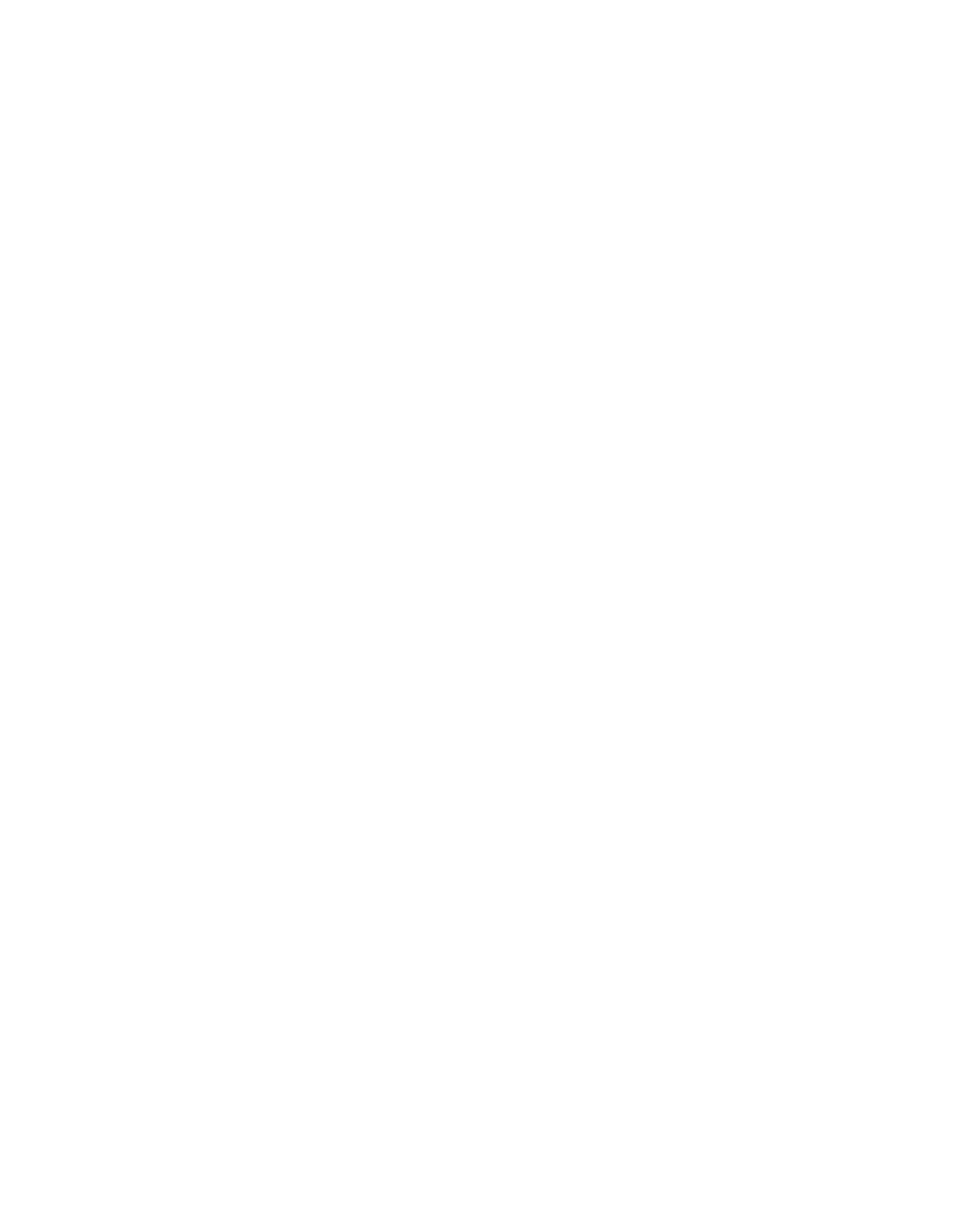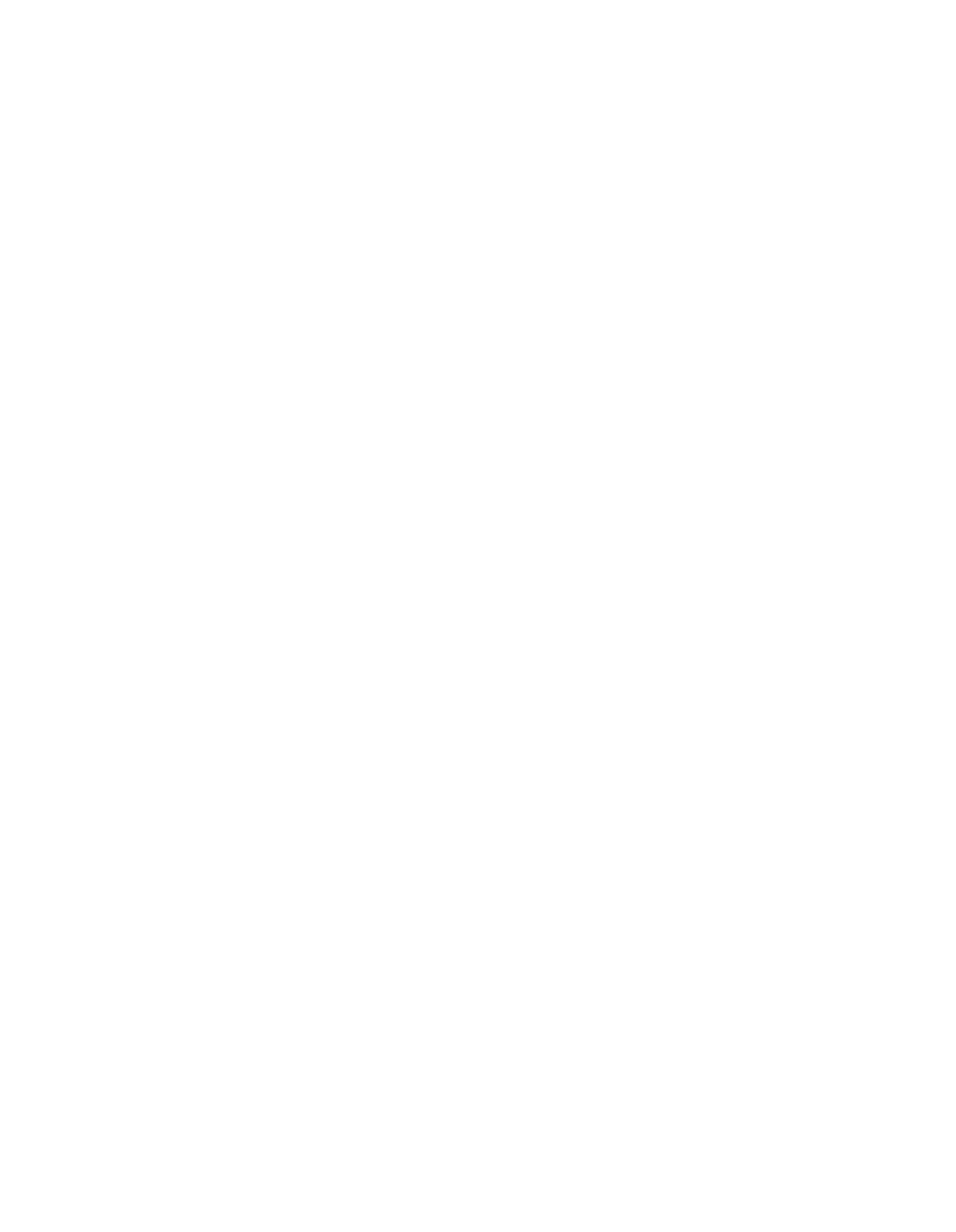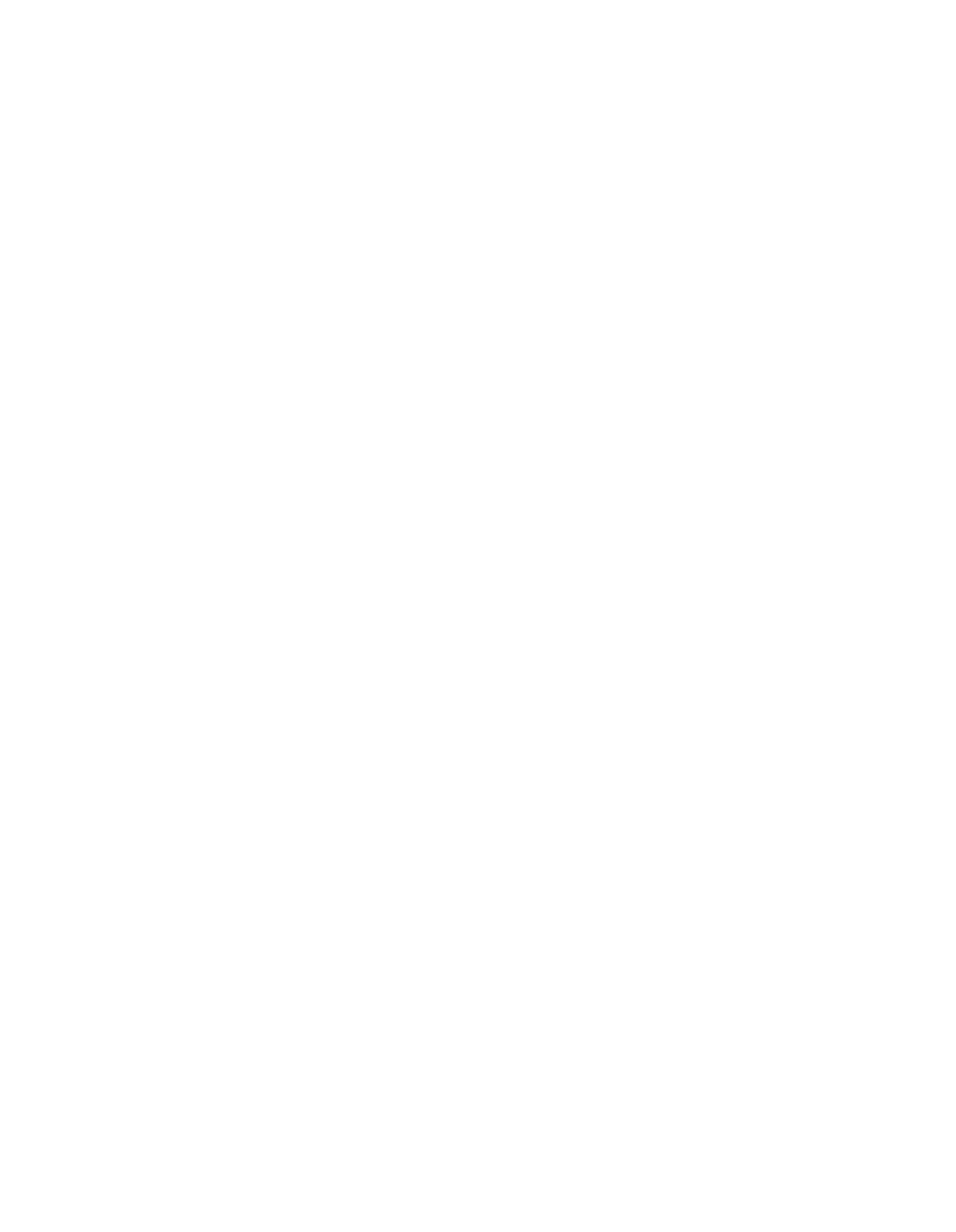Illinois Association of
1115 S. 2nd Street
Springfield, IL 62704
Aggregate Producers
(217)
241-1639
John
Henriksen, Executive Director
Fax
(217) 241-1641
Glenda
Schoening, Office Manager
Email: iaap@hansoninfosys.com
May 26, 2005
RECEIVED
CLERK’S OFFICE
Dorothy
Gunn,
Clerk
MAY 27
2005
Illinois
Pollution
Control Board
—Jarnes--R--ThornpsonCenter---
-~
----sTAlE-OF-lW NOIS—~
100 W. Randolph, Suite
11-500
Pollution Control Board
Chicago,
IL 60601
Re:
Proposed
Amendments to
35
111.
Adm.
Code 901
Proposed New 35 Iii.
Adm.
Code
910
Illinois
Register Volume 29, Issue
16
(April
15, 2005)
Docket
R03-009
Dear
Ms.
Gunn:
•
The
following
comments
are
submitted
by
the
Illinois
Association of
Aggregate
Producers
(IAAP)
regarding
the
above-referenced
rulemaking.
The
Illinois
Association
of
Aggregate
Producers (IAAP) represents companies that produce crushed stone, sand, gravel, silica sand and
agricultural lime
--
materials used for building and maintaining roads, bridges,
homes, hospitals,
schools and commercial buildings, for manufacturing glass and as soil additives.
The
LAAP’s
115
producing
members
range
in
size
from
“mom
and
pop”
operations
that
manufacture
less than
100,000 tons of these products
each year to
companies that produce well
over
20,000,000
tons
annually.
Illinois
aggregate
producers
employ about
5,000
workers
and
•
support personnel at over 400 surface and
underground mines and currently operate in 80 out of
102 Illinois counties.
In
2004,
this industry
produced over
111
million tons of crushed stone,
sand and gravel.
Since
1995,
blasting
operations
at
aggregate
mines
have
been
regulated
by
the
Illinois
Department of Natural Resources, Office ofMines and Minerals
(IDNIR) in accordance with the
Section
6.5
of the Surface Mined-Land Conservation and
Reclamation Act (215
ILCS
715/6.5).
Since
1982,
blasting
operations
at
surface
coal
mining
operations
have
been regulated by this
agency in
accordance with
Section
3.13
of the
Surface
Coal
Mining Land
Conservation
and
Reclamation Act. (225 ILCS 720/3.13).
IDNR has promulgated a comprehensive set of regulations that subject these blasting operations
to air blast or ground vibration monitoring, or both, as necessary to prevent property damage
and
protect public safety. IDNR
regulations protect the general public from the impacts of air over
pressure resulting from blasting operations
at mines. Both the aggregate mining and coal mining
blasting regulations
are
enforced by
a highly trained,
technologically proficient inspection staff
using state-of-the-art monitoring equipment.
Buy The Goods And
Services Of Our Associate Members
As
outlined in
Section
25
of the Illinois
Environmental
Protection Act
(415
ILCS
5/25),
the
Illinois Pollution Control Board (Board).
.
.
“may adopt
regulations prescribing limitations on
noise
emissions
beyond
the
boundaries
of
the
property
of
any
person
and
prescribing
requirements
and
standards
for
equipment
and
procedures
for
monitoring
noise
and
the
collection,
reporting
and
retention
of data resulting
from
such monitoring.”
Pursuant
to this
--
-
-~mtofnilemaldngauthority;-the-Board--has
-elected--to-regulate highly~impulsive--soimd--from~
blasting
operations
at
mines.
Although
blasting
operations
at
aggregate
and
coal
mines
are
currently
regulated by IDNR,
the Board
is
seeking
to
maintain an
essentially
duplicative
and
overlapping regulatory program for these operations, pursuant to 35111. Adm. Code 901.109.
Moreover, the Board has elected not to regulate other sources of noise even though these sources
of noise
are
currently
unregulated
by the
State.
For
example,
the Board
has
elected not to
regulate sound emitted from:
•
Emergency warning devices and unregulated safety reliefvalves.
•
Lawn care maintenance equipment and agricultural field machinery used during the day.
•
•
Equipment being used for construction.
•
Land used for automobile and motorcycle racing; and, any land used for contests, rallies,
time trials, test runs or similar operations of any self-propelled device during the day.
Although the IAAP acknowledges the Board’s authority to decide what activities
are subject to
limits
on noise emissions, this authority is not unlimited.
Specifically, the JAAP contends that it
is unreasonable to regulate sound generated by blasting operations, operations
already
subject to
a comprehensive State regulatory
program, while electing not to regulate other sources of noise.
Therefore,
the
IAAP
respectfully
submits
that
Section
901.107
of
the
Board’s
rules,
the
regulations identli~ringthose activities
not subject
to
Board
noise regulations,
be
amended
to
state
as follow:
h)
Section
901.104
shall
not
apply
to
impulsive
sound
produced
by
explosive
blasting activities conducted on any Class C land used as specified by LBCS
Codes 8300
and
8500 SLUCM codes
852 and
851,
but ~uehoperations
shall be
governed by Section
901.109.
LBCS
Code 8300 refers to coal mines; LBCS
Code 8500 refers to aggregate mines.
As outlined
previously,
blasting
operations
at
coal
and aggregate
mines
are
currently
regulated by IDNR’s
comprehensive regulatory programs.
Amending Section 901.107(h)
as outlined above allows the
Board
to
regulate
non-mining blasting
activities, pursuant
to
Section
901.109,
am!
leaves
the
regulation
of
blasting
operations
at
mines
to
IDNR.
Given
the
flexibility
of
the
Board’s
rulemaking authority, pursuant to
Section 25 of illinois Environmental Protection Act, the
Board
should amend Section 901.107 in order to defer to IDNR’s comprehensive regulatory scheme.
Tn the event that~
the :Board~
elects~to
;continue regulating blasting
operations asso~iated~
Wit.
~the
illinois mining industry,
the IAAP submits
that
Section 901
109
must be ~amended
to
bring the
~Board~s~re~u1atoryprogram.in
ha
mony:withthe~prograM eniOrced by
1DN$.
•
In
response to
the IAAP’s previous
comments in this rulemaking,
the
Board
amended Section
_______
-
9~1.
109(b)4o ~
Flertzz)_instrumertts(laboratory-grade
monitoring devices
not used in
the
field)
and
60 Hertz
(Hz)
instruments (mcrnitorirtg devices no
longer manufactured)
(Sees
Board’s Ma~eh
15,2005,
Opinion
and
Order)
Iri
addition,
the Board
amended Section 901
109(b) to bring the
air blast levels
at
both Class A and Class B
land to
133
dB, the limit employed ~nationwide
to iimit air over pressure
from the
detonation of explosives
Although
these
changes ‘hulped to
bring
Section
901
109L
closer ~tothe
regulatory
standards
enforced by IDNR, a further review of the proposed rulemaking
has
revealed other changes that
must be made m ~the
Board’s
rules
,
I
~,,
Eirst~SectIon’901
109
(e)
pi~ovides
that
allowable
sound limits of
blastmg
operations priori
to
7
00
am must be
reduced by
10
dB
Given that decibel imuts are logarithmic, a
123
4R limit
represents approximately only 30
of
133 dB. In order to address concerns about night blasting
operations, Section 901
109 (c) should be amended to read as follow
All
blasting shall be
conducted between
sunrise
and sunset
except in
emergency
situations
where
unscheduled
blasting
is
required
to
ensure
operator
or. public:
safety.
~
~
~
~
This
change reflects the fact
that
sunrise is often well before 7:00
am
during the
smiler,
the
time
that aggregate mining
operations
are most active,
and~stabbsb.es
a ban
on night
blasting
m
the
absence of a true emergency.
Second,
the
regulatory
focus in Section 901.109 must be shifted from property lines to
protected
structures.
Regulating noise levels
at the property line is irrelevant to ensuring public health and
safety.
Thus, Section 901.109 should be amended by replacing all references to “receiving Class
A
or
B
land”
with
“protected
structure”
and
then
further
amended
by adding a definition of
“protected structure” as follows:
“Protected Structure” means any dwelling, public building, school,
church orcommercial
or institutional building.
Protected structures do not include:
Structures owned bythe operator;
and
Structures subject to a waiver from airblastand ground vibration requirements
granted to the operator.
These changeswill ensure that Section 901.109 focuses
on protecting public health and
safety.
I
Third,
new Part
910
(35
ill.
Code. 910) purports
to
establish
measurement
procedures
for
the
enforcement:Of 35
IILAdim
Code 900~
and
901.,
procedures
that would includemonitoring to
enforce
the
limits
spééifled
90l;109. However,
none
of themethods
described
in.
Part
910 will
monitor highly impulsive sound from blasting.
~
Sec~tion
90l:~
109
tequir~
the
use~of~
blasting seismogràph~with
a low frequency rëspoñse•of 10
.:~Ieftz.:~
Highly impulsive
sound fróm:biasting. can only be
accurately
;mOnitored.by~:using~
this
.iype of~fiatrespon~e~sdund~pressure:leve1microphónean4
recording device.
‘Absent..the use~of
such•
deviCe,
any
:.
d;~tueasurement~
procedures
purpOrting
to~ShOW ..~cornpliaiice,or
liOn-
~comphance,
with the performance standards established by Section 901
109
are meaningless
In
addition to
submitting these
comments,
the IAAP
hereby
requests
a .pub1i~hearing for~ithe
above-captioned rulemaking,
pursuant to
Section
5-40
of the Illinois Administrative Procedure
~Act~5 ILCS’l00/5~40).~Giventhcünportancë
Ofthe concerns Outlined above, a.pubIic
hearing!is
wartanted
for
the above-captionedrulemaking
:ecutive Director
.
of Aggregate Producers
.
.
..
...
.
‘.
Cc:
DocketRO3-OO9ServiceList.
.
.~
..~.;.
.
:
..
~.
•




